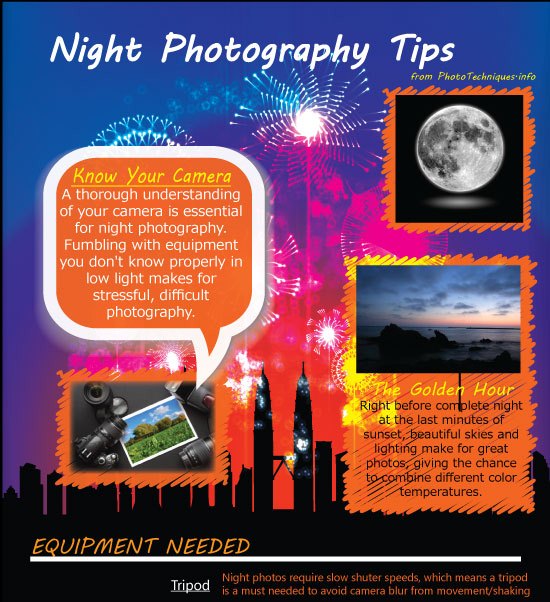Photography Tips For Beginners: Mastering Your Electronic Camera In No Time At All
Photography Tips For Beginners: Mastering Your Electronic Camera In No Time At All
Blog Article
Material Author-Whitley Ploug
When you initially pick up your electronic camera, it can really feel overwhelming with all the settings and alternatives readily available. You might find yourself asking yourself exactly how to navigate aperture, shutter rate, and ISO successfully. Mastering these fundamentals is essential, yet there's even more to digital photography than just technical knowledge. Recognizing structure methods and lighting conditions can raise your photos considerably. So, what happens if you could find out straightforward approaches to enhance your abilities and begin catching impressive images faster than you believe? Let's explore exactly how to change your digital photography trip.
Comprehending Electronic Camera Setups
Comprehending your cam settings is essential for catching magnificent images. When you grab your cam, familiarize on your own with the 3 primary setups: aperture, shutter speed, and ISO. Each plays an important role in how your photos end up.
Begin with aperture, which manages the quantity of light entering the lens. A wider aperture (reduced f-number) allows more light and creates a beautiful background blur, ideal for pictures. Conversely, a narrower aperture (higher f-number) keeps even more of the scene in emphasis, suitable for landscapes.
Next, concentrate on shutter speed. This setting identifies how long your camera's sensor is revealed to light. A rapid shutter rate freezes activity, which is terrific for action shots, while a slow-moving shutter rate can develop magnificent impacts like smooth water in landscapes.
Last but not least, change your ISO. This setup impacts your video camera's level of sensitivity to light. A higher ISO serves in low-light scenarios yet can present sound or grain. https://fstoppers.com/portraits/your-portrait-game-these-posing-tips-491916 for the lowest ISO possible while still achieving appropriate exposure.
Composition Methods
When you're out shooting, make-up can make all the difference in just how your images reverberate with visitors. Start by using the regulation of thirds; picture your framework split right into 9 equivalent sections with 2 horizontal and 2 vertical lines. Setting crucial elements along these lines or at their junctions to create balance and rate of interest.
Next, consider leading lines. These natural lines in your scene, like roadways or rivers, draw the viewer's eye into the picture, guiding them through the story you're telling.
Don't forget about framing; usage components within your scene, like trees or windows, to create a framework around your topic, including depth and focus.
Additionally, keep an eye on your history. A chaotic history can sidetrack from your main topic, while an easy one helps it attract attention.
Finally, trying out symmetry and patterns; they can create a striking photo that records attention.
Learning Lighting Issues
Grasping illumination problems is crucial for recording sensational pictures, as the appropriate light can change a normal scene into something phenomenal.
Start by observing natural light at different times of the day. Early mornings and late afternoons use the most effective light, known as the golden hour. The soft, cozy tones throughout these times can improve your pictures perfectly.
Do not shy away from cloudy days either; diffused light can reduce harsh shadows and create a pleasing effect, especially for portraits.
Experiment with backlighting by placing your subject against the light source. This strategy can create a fanciful halo impact and add depth to your pictures.
Take notice of your electronic camera setups too. Adjust the ISO, aperture, and shutter rate to match the illumination problems. A greater ISO can help in low light, however beware of grain.
Make use of a tripod in darker atmospheres to prevent blur.
Finally, don't neglect man-made lights. https://zenwriting.net/hector8ernestine/important-digital-photography-gear-what-you-actually-required-to-begin and constant lights can be great tools for managing light in tough problems.
Conclusion
In conclusion, mastering your cam does not have to be frustrating. By recognizing your setups, using make-up techniques, and using the power of all-natural light, you'll quickly raise your photography abilities. Remember, practice makes perfect, so get out there and trying out your newly found knowledge. With time and devotion, you'll be capturing stunning pictures that mirror your unique viewpoint. Delight in the journey, and do not neglect to enjoy while you go to it!
